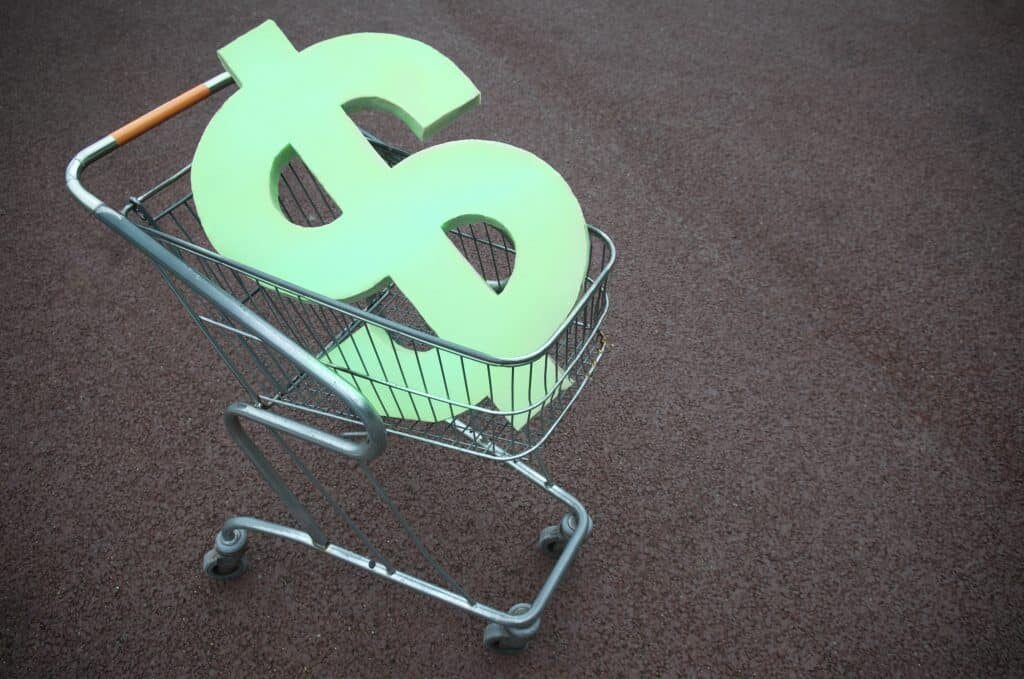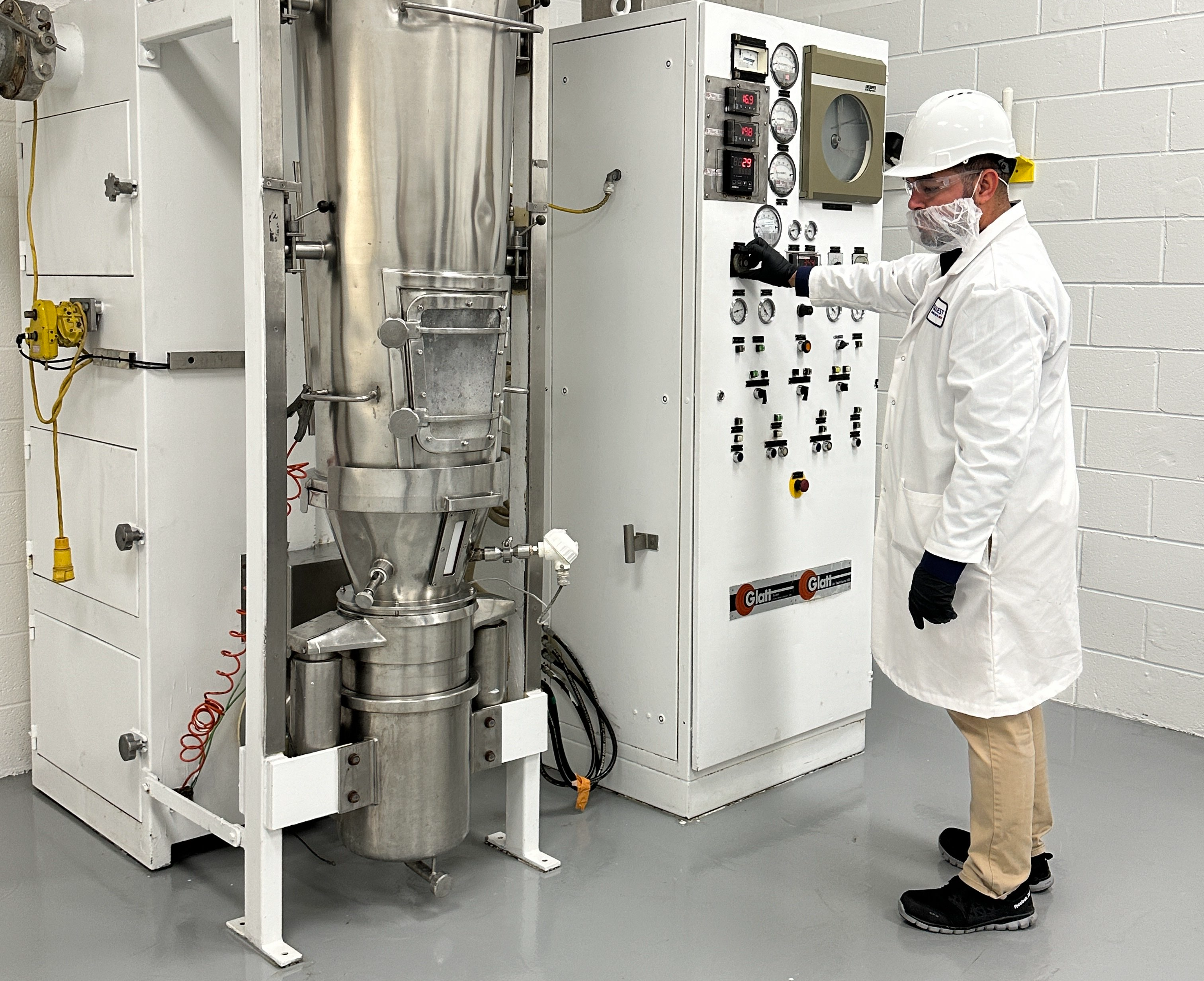The tool provides a standard metric for tracking weekly price-per-unit changes for consumer packaged goods compared to the year-ago period across departments, including fixed and random weight products, grocery aisles and retail formats, IRI explaind in the release. It will be updated weekly withIRI’s point-of-sale data. Measured channels include convenience and multi-outlets (food, drug, mass, club, dollar, military), including click-and-collect orders for all brick-and-mortar stores, as well as delivery services like Instacart.
“COVID-19 is severely impacting the supply chains of products throughout the store, resulting in large pricing fluctuations across categories and shopping channels week to week,” Dr. Krishnakumar (KK) S. Davey, President of Strategic Analytics forIRI, said in the release.
Dr. Davey added that pprice per unit inflation can be attributed to four factors:
- Increases in price per volume due to price increases;
- Prices rising due to reduced price promotions;
- Trading up to higher priced products;
- Purchasing of larger packages that cost more as consumers stay at home and consume more.
IRI also shared key insights revealed by theIRICPG Inflation Tracker in recent weeks:
- During the week of April 26, 2020, average prices per unit in edible departments were up 10% compared to the same week in 2019; prices of nonedible aisles were up an average of 5%.
- Pricing in the meat and bakery categories experienced significant inflation compared to the year-ago period, with 11% and 9% increases, respectively.
- The price per unit of items in the frozen food, refrigerated food, beverages and beverage alcohol categories were all up more than 10% compared to the same week last year.
- Among nonedible departments, paper products drove the increase in prices, up 20% over prices the same week last year.










